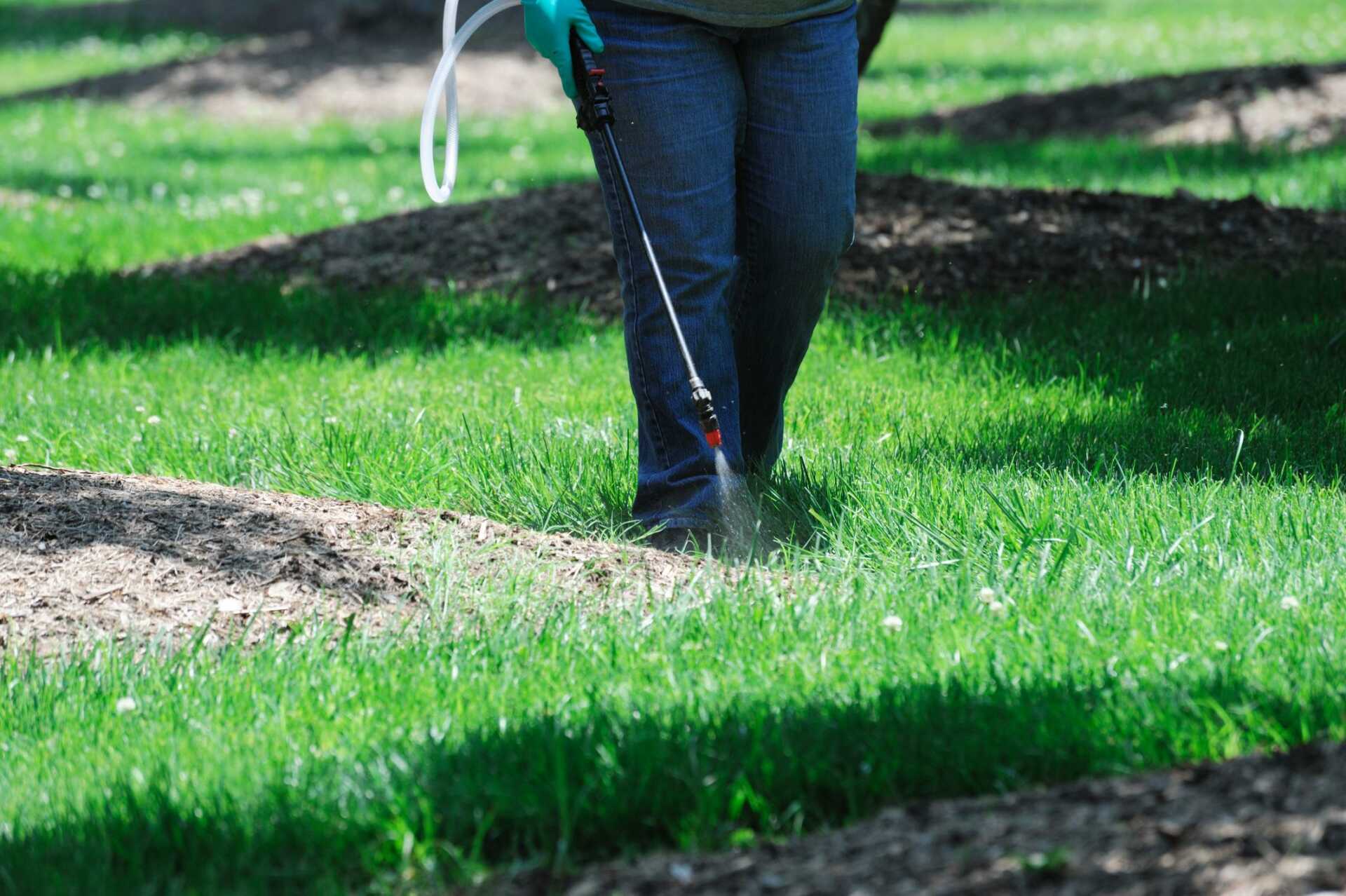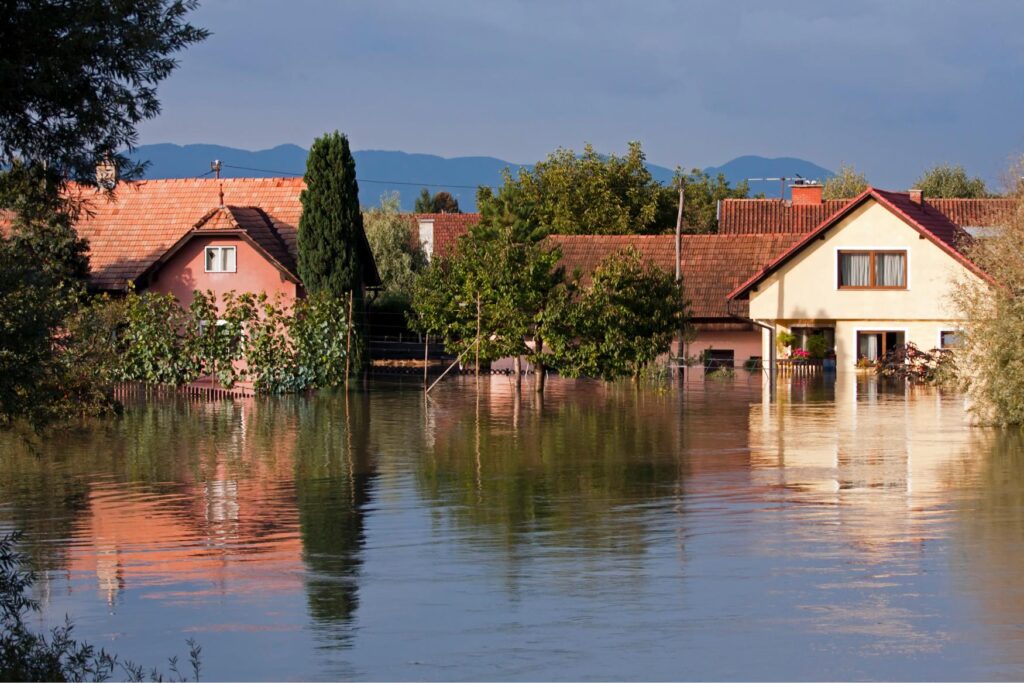Contents
Knowing effective DIY solutions can embolden you to take control of the situation when faced with unwelcome pests invading your home. From simple preventive measures to natural repellents, there are numerous strategies you can implement to combat common household pests. By understanding these practical techniques, you can safeguard your living space and achieve peace of mind, knowing that you have the tools to address potential pest issues independently.
Identifying Common Household Pests
When it comes to maintaining a pest-free home, the first step is to accurately identify the common household pests that may be invading your living space. By understanding the characteristics and behaviors of these pests, you can effectively implement targeted pest control strategies. Let’s explore some of the most prevalent household pests you may encounter.
Firstly, cockroaches are notorious intruders known for their resilience and ability to thrive in various environments. These pests are often found in dark, damp areas such as kitchens and bathrooms, where they scavenge for food and water. Identifying their droppings, shed skins, or an unpleasant musty odor can indicate a cockroach infestation.
Secondly, rodents like mice and rats can pose serious health risks and property damage. These pests are adept at hiding in walls, attics, and basements, making them challenging to detect. Look out for gnaw marks, droppings, or scampering noises, especially at night, as signs of a rodent infestation.
Lastly, bed bugs are tiny insects that feed on blood and are commonly found in mattresses, furniture, and upholstery. Bites, bloodstains on sheets, or small dark spots on bedding can indicate the presence of bed bugs.
Natural Repellents for Ants
In the battle against ant invasions, homeowners can turn to natural repellents to deter these persistent pests from infiltrating their living spaces. Ants can be a nuisance in homes, seeking out food sources and creating trails that lead to their nests. By incorporating natural repellents into your pest control strategy, you can help keep these tiny intruders at bay.
Here are some effective natural repellents for ants:
Peppermint Oil: The strong scent of peppermint oil hinders ants’ ability to communicate and navigate, deterring them from entering your home. Mix a few drops of peppermint oil with water in a spray bottle and apply it along entry points and ant trails to create a barrier.
Vinegar: A solution of equal parts vinegar and water can be sprayed in areas where ants are present. The acetic acid in vinegar interrupts their scent trails, making it difficult for them to navigate and communicate effectively.
Cinnamon: Sprinkling ground cinnamon along windowsills, doorways, and other entry points can act as a natural deterrent for ants. The strong scent masks their pheromone trails, making it challenging for them to find their way into your home.
These natural repellents offer a safer alternative to chemical pesticides and can help you manage ant infestations effectively. Experiment with these options to find the most suitable repellent for your home.
DIY Solutions for Rodent Control
For effective rodent control in your home, implementing DIY solutions can be a proactive approach to addressing infestations. Rodents such as mice and rats can carry diseases and cause damage to your property, making it vital to manage them effectively.
One DIY solution for rodent control is sealing off entry points. Inspect your home for any gaps or holes that rodents could use to gain access. Use materials like steel wool, wire mesh, or caulk to seal these entry points and prevent rodents from entering.
Another effective method is to keep your home clean and clutter-free. Rodents are attracted to food sources and nesting materials, so store food in airtight containers, clean up crumbs and spills promptly, and declutter areas where rodents could hide or build nests.
Setting traps can also help in controlling rodent populations. Snap traps, electronic traps, and live traps are common options. Place traps in areas where rodents are active, such as along walls or near entry points.
Lastly, consider using natural repellents like peppermint oil or vinegar. Rodents are known to dislike these scents and may avoid areas where these repellents are applied.
Effective Ways to Deter Cockroaches
To effectively deter cockroaches, you can explore natural repellents such as essential oils like peppermint or cedarwood, known to repel these pests.
Additionally, implementing preventive measures at home like sealing cracks and crevices, fixing leaky pipes, and maintaining cleanliness can notably reduce the chances of a cockroach infestation.
Natural Repellents for Cockroaches
When seeking to repel cockroaches from your home naturally, it’s essential to explore effective methods that deter these pests without the use of harmful chemicals. Cockroaches can be persistent invaders, but there are natural repellents you can use to keep them at bay. Here are some recommended options:
Peppermint Oil: Cockroaches detest the strong scent of peppermint oil. Mix a few drops with water in a spray bottle and use it around entry points and areas where cockroaches are seen.
Bay Leaves: The pungent odor of bay leaves acts as a deterrent for cockroaches. Place these leaves in cabinets, drawers, and other areas where cockroaches may hide.
Cucumber: The smell of cucumber is displeasing to cockroaches. Leave cucumber peels in areas prone to infestation or blend them and use the mixture as a spray.
These natural repellents offer a safe and environmentally friendly way to keep cockroaches away from your living spaces.
Preventive Measures at Home
Cockroaches are resilient pests that can infiltrate homes easily, making preventive measures essential in deterring their presence. Implementing simple yet effective strategies can make a significant difference in keeping these unwanted guests at bay. Here are some practical ways to prevent cockroaches from invading your home:
| Preventive Measure | Description |
|---|---|
| Seal cracks and crevices | Use caulk to seal any openings where cockroaches could gain entry to your home. |
| Keep your kitchen clean | Wipe down countertops, sweep floors, and promptly clean up any spills to eliminate food sources. |
| Store food in airtight containers | Prevent access to food by storing it in hermetically sealed containers. |
| Dispose of garbage regularly | Make sure trash is taken out frequently to avoid attracting cockroaches. |
| Declutter your living spaces | Remove clutter where cockroaches can conceal themselves, making it easier to spot and eliminate them. |
Eliminating Bed Bugs at Home
To effectively eliminate bed bugs at home, you first need to employ reliable detection methods to identify their presence.
Non-toxic treatment options such as heat treatments, vacuuming, and steam cleaning can help eradicate bed bugs without harmful chemicals.
Additionally, implementing preventive measures like sealing cracks, decluttering, and regularly washing bedding can help prevent future infestations.
Bed Bug Detection Methods
Detecting bed bugs in your home is essential to effectively eliminating them. These tiny pests can hide in various cracks and crevices, making detection challenging. Here are some reliable bed bug detection methods to help you identify and target these unwanted guests:
Visual Inspection: Carefully examine your mattress, box springs, and furniture for signs of bed bugs, such as small reddish-brown bugs, molted skins, or dark spots.
Use of Bed Bug Interceptors: Place specialized bed bug interceptors under the legs of your bed to trap any bed bugs attempting to climb up.
Bed Bug Dog Inspection: Trained dogs can detect bed bugs with impressive accuracy by sniffing out their pheromones, helping pinpoint infested areas.
Non-Toxic Treatment Options
When dealing with bed bug infestations at home, it’s essential to explore non-toxic treatment options that effectively eliminate these resilient pests.
One effective method is using diatomaceous earth, a natural powder that dehydrates and ultimately kills bed bugs upon contact. Sprinkle this substance in areas where bed bugs are suspected, such as around the bed frame and other furniture.
Steam treatment is another non-toxic approach that involves using high heat to kill bed bugs and their eggs. By using a steamer on infested surfaces, you can effectively eradicate these pests without the use of harmful chemicals.
Moreover, mattress encasements can help trap bed bugs, preventing them from feeding and eventually leading to their demise. These non-toxic treatment options provide homeowners with effective ways to combat bed bug infestations while prioritizing the safety of their living environment.
Preventing Future Infestations
To effectively prevent future bed bug infestations in your home, it’s essential to implement a thorough strategy that targets not just the existing pests but also addresses potential risk factors that could lead to re-infestation. Here are three key steps to help you in this process:
Regularly inspect your living spaces: Conduct routine checks in areas where bed bugs are commonly found, such as along mattress seams, behind headboards, and in furniture crevices. Early detection can prevent a small issue from turning into a full-blown infestation.
Declutter and minimize hiding spots: Reduce clutter in your home to limit potential hiding spots for bed bugs. By keeping your living spaces tidy and organized, you make it easier to spot any signs of an infestation and take action promptly.
Practice prevention when traveling: Be cautious when staying in hotels or traveling, as bed bugs can hitchhike on luggage and clothing. Inspect your belongings after a trip and wash and dry your clothes on high heat to kill any potential stowaways.
Preventing Termite Infestations
Termites pose a substantial threat to homes’ structural integrity, causing costly damage if left unchecked. Implementing effective strategies to prevent termite infestations is vital.
Start by eliminating any wood-to-soil contact around your home. Ensure that firewood, wooden debris, and mulch are stored away from the foundation. Termites are attracted to moisture, so promptly fixing any leaking faucets, pipes, or AC units is important. Properly ventilate crawl spaces and attics to reduce humidity levels, making your home less attractive to these pests.
Regularly inspect your home for signs of termite activity, such as mud tubes, discarded wings, or hollow-sounding wood. If you notice any of these indicators, contact a professional pest control service immediately. Consider installing physical barriers like metal mesh screens or sand barriers during construction or renovation to prevent termites from entering your home.
Another preventive measure is to keep your gutters clean and ensure water drains away from your home’s foundation. This helps to avoid excess moisture buildup that could attract termites. Additionally, treat wooden structures with termite-resistant products or seek professional termite treatment services for long-term protection.
Managing Flies and Mosquitoes Indoors
For effective management of flies and mosquitoes indoors, it’s essential to implement targeted strategies to control these pests. These pests can be bothersome and also pose health risks to you and your family. Here are some practical tips to help you keep your home free from these pesky insects:
Eliminate Breeding Sites: Mosquitoes breed in stagnant water, so regularly emptying any containers that collect water, such as flower pots, bird baths, or clogged gutters, can greatly reduce their population indoors.
Use Screens and Nets: Installing screens on windows and doors can act as a physical barrier to prevent flies and mosquitoes from entering your living spaces. Additionally, using mosquito nets over beds can offer protection while sleeping.
Natural Repellents: Consider using natural repellents like citronella candles, essential oils (e.g., lavender, eucalyptus, or peppermint), or plants such as basil and mint, which can help deter flies and mosquitoes from your home.
Safe Methods for Wasp Removal
Flies and mosquitoes may not be the only pests causing a buzz in your home; wasps can also be a nuisance, especially during warmer months. When it comes to safe methods for wasp removal, it’s important to approach the situation with caution. Unlike bees, wasps can sting multiple times, making them more aggressive when they feel threatened.
Firstly, identify the wasp nests around your property. Common locations include eaves, trees, shrubs, or even underground. It’s crucial to approach the nest during early morning or late evening when the wasps are less active.
When dealing with a nest, make sure to wear protective clothing, including long sleeves, pants, gloves, and a face mask.
For a DIY approach, consider using a commercial wasp spray that can reach a long distance. These sprays contain chemicals that quickly kill the wasps on contact. Alternatively, you can create a natural repellent using a mixture of dish soap and water to spray on the nest.
After treating the nest, monitor the area for a few days to ensure all the wasps have been eliminated. If you notice any continued wasp activity, it may be best to contact a professional pest control service to safely remove the nest. Remember, safety is crucial when dealing with wasps to prevent potential stings or allergic reactions.
Tips for Keeping Your Home Pest-Free
Implementing effective preventive measures is essential to ensure your home remains free of unwanted pests. Keeping your living space pest-free requires a proactive approach. Here are some tips to help you maintain a pest-free environment:
Seal Entry Points: Inspect your home for any gaps or cracks in doors, windows, walls, and foundations. Seal these entry points using caulk or weatherstripping to prevent pests from sneaking in.
Maintain Cleanliness: Regularly clean your home, paying special attention to areas where crumbs, spills, or garbage may accumulate. Pests are attracted to food sources, so keeping your space clean can deter them from infesting your home.
Remove Standing Water: Check for any sources of standing water both inside and outside your home. Pests like mosquitoes breed in stagnant water, so by eliminating these water sources, you can reduce the likelihood of a pest infestation.
Wrap-Up
By implementing DIY pest control solutions, homeowners can effectively manage common household pests in an environmentally friendly manner. Ironically, while these methods may seem simple and cost-effective, they require careful planning and consistent effort to achieve successful results. Remember to stay informed on the behavior of pests, utilize natural repellents, and maintain a clean living environment to keep your home pest-free.




